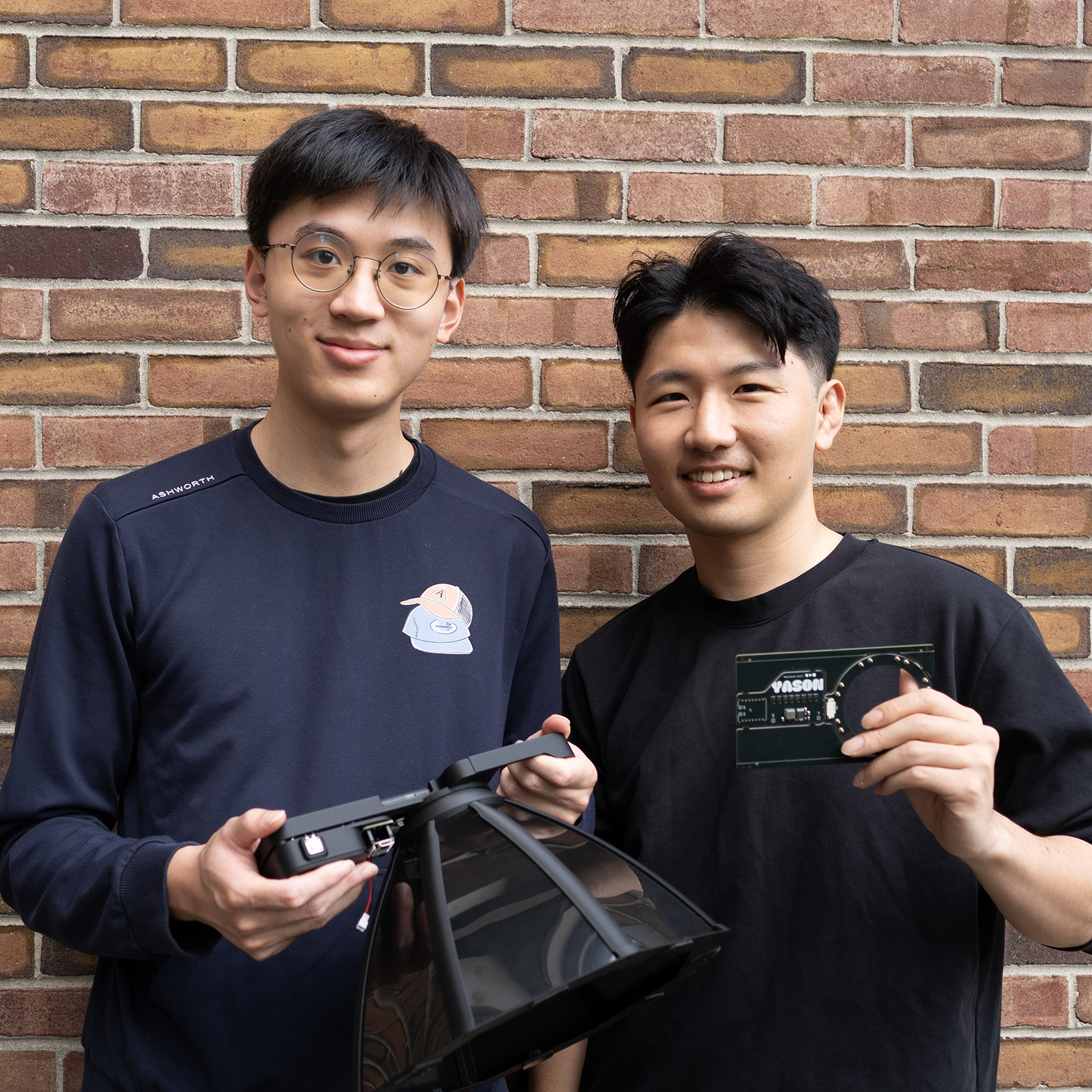What it does
We developed a portable, affordable, easy to use 3D texture scanner for creators, designers and researchers. Unlike existing high-end systems, it offers easy access to high-quality texture capture without the cost or size limitations of traditional devices.
Your inspiration
While working on a previous project archiving buildings and environments before demolition, We realized that although 3D capture tools for geometry are becoming more accessible, affordable texture scanners for material creation are still out of reach for small teams or individual creators. Many CG production studios are small or independent, yet existing texture scanners are often bulky, expensive, and limited in what they can scan. This inspired us to develop a more portable, affordable solution that meets the real needs of creators in the field.
How it works
OCTAGO transforms your smartphone into a portable texture scanner. A custom phone case attaches a battery-powered lighting system, which connects to your phone via Bluetooth or Wi-Fi. Using our dedicated app, a single press of the shutter button captures eight photos under different lighting conditions. These images are then automatically cropped, color balanced and then processed by a computer vision algorithm. The algorithm analyzes how light reflects off the same surface under 8 lighting conditions to generate three essential texture maps: albedo (color), normal (surface orientation), and height (depth). Once generated, the texture maps are applied to simple 3D shapes so you can preview the results in real time. Finally, all generated maps are organized into a gallery for easy access. All processing happens locally on your device, allowing you to scan anywhere, preview instantly, and export seamlessly — no internet required.
Design process
After developing the initial concept, we consulted 3D scanning experts—including RISD professor Joy Ko, an advisor on HP’s Captis Z project—to validate the need for a portable, low-cost texture scanner. Market research and interviews confirmed strong demand, especially among small studios and independent creators. We built the first working prototype using cardboard and breadboard to test basic functionality—syncing the lighting with a smartphone. This revealed key issues: motion blur from camera shake, poor ergonomics causing an unstable grip, oversized lighting components reducing portability, messy wiring leading to potential failures, and a complex, non-intuitive workflow. To address these, we designed a custom smartphone case with an integrated handle for better grip and camera stability, made the lighting shade smaller and collapsible, and developed a custom PCB. We also built a mobile app to streamline the workflow—from image capture to texture generation to archiving. The lighting shade was reduced from 345×247mm to a compact 309×178mm by optimizing LED angles and camera distance. The app enables one-click capture: it syncs lighting, captures eight photos, generates texture maps pixel by pixel, and renders a preview—all on the phone, with no external software needed.
How it is different
Compared to leading products like the HP Captis Z (424×630×630mm, 59.6kg), our device is far more compact and lightweight at 178×309×309mm and 500g. While existing scanners claim portability, their size and complexity limit outdoor use. Our design enables true field scanning, expanding the range of subjects from small studio objects to immovable or fragile surfaces. Captis Z costs around $19,999, while our projected BOM is $112, allowing us to estimate a market price of around $450—making it far more accessible to individual creators and small institutions. Traditional workflows require costly software like Adobe Substance 3D Designer, a high-end PC, and significant training. Our mobile app generates texture maps directly on the phone but also supports export to external tools. This makes the system easy for beginners yet powerful for professionals.
Future plans
We plan to produce around 20 prototypes and distribute them to creators, designers, and researchers to gather feedback and identify further needs. Based on this, we will refine both hardware and software and aim to launch the product via crowdfunding. As immediate priorities, hardware improvements include moving from PLA-based prints to more durable materials and structures. On the software side, we aim to improve texture accuracy, raise resolution, and expand the scannable area. Ultimately, we hope to become a design engineering unit that empowers creators by making real-world scanning—not just texture capture—more accessible for everyone.



Connect